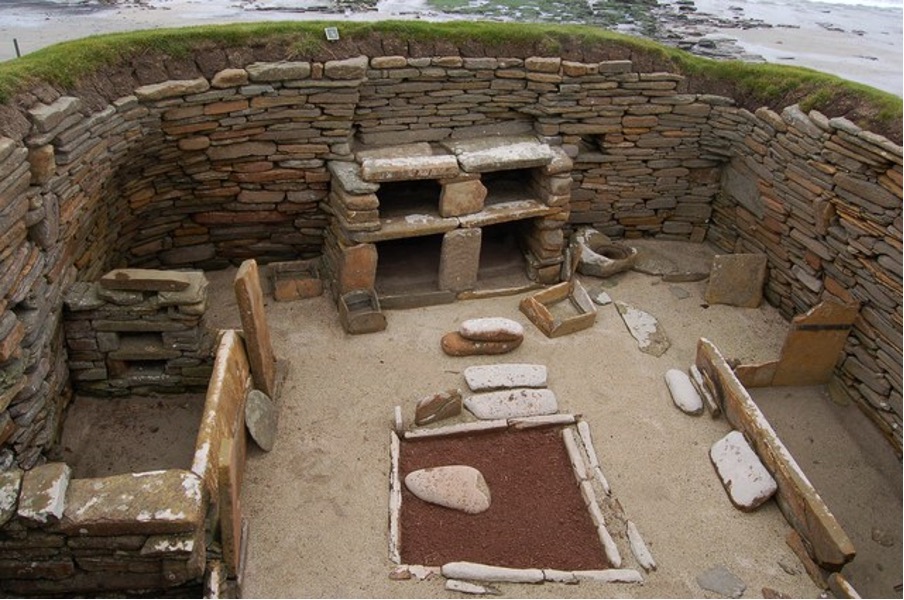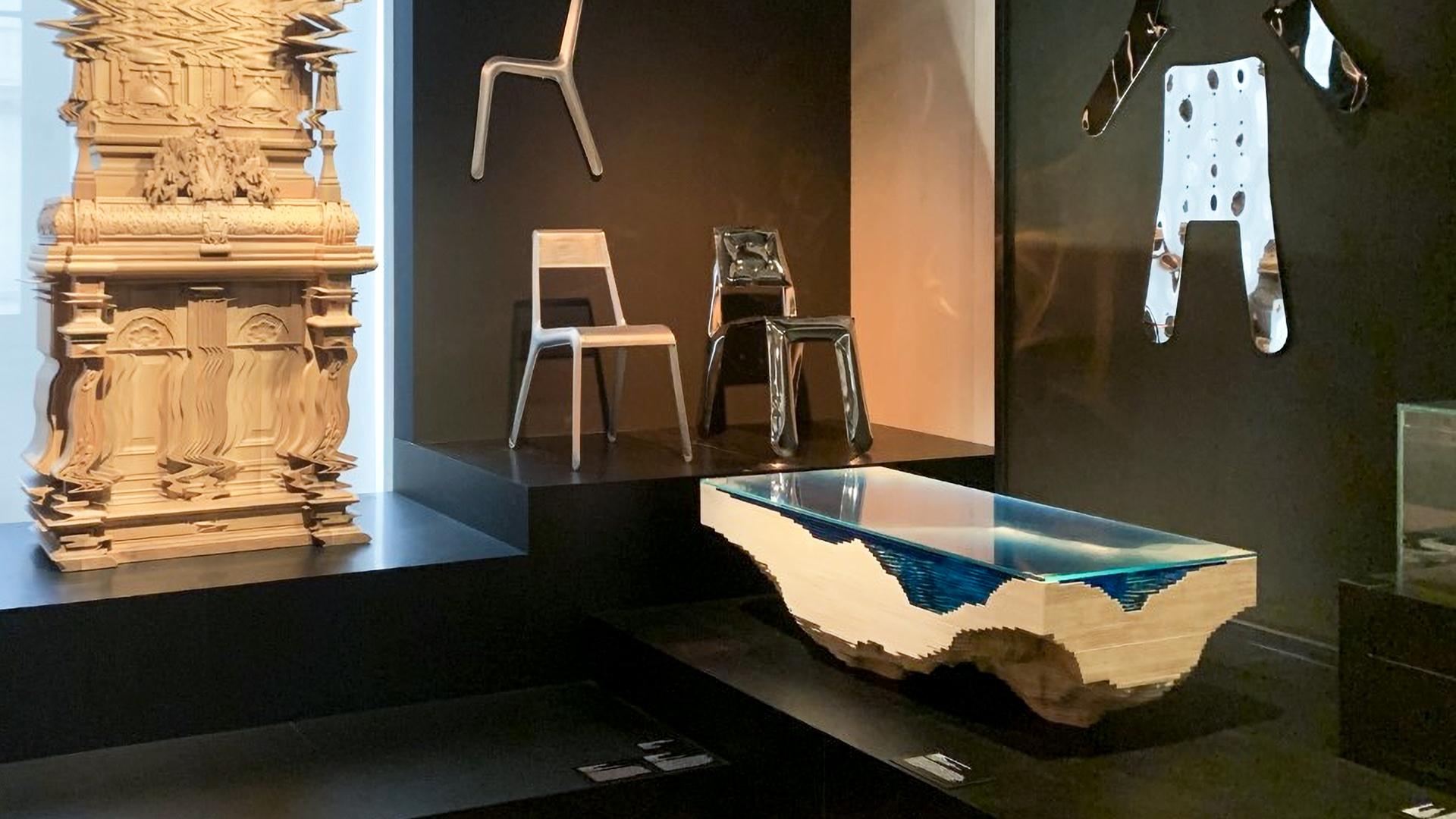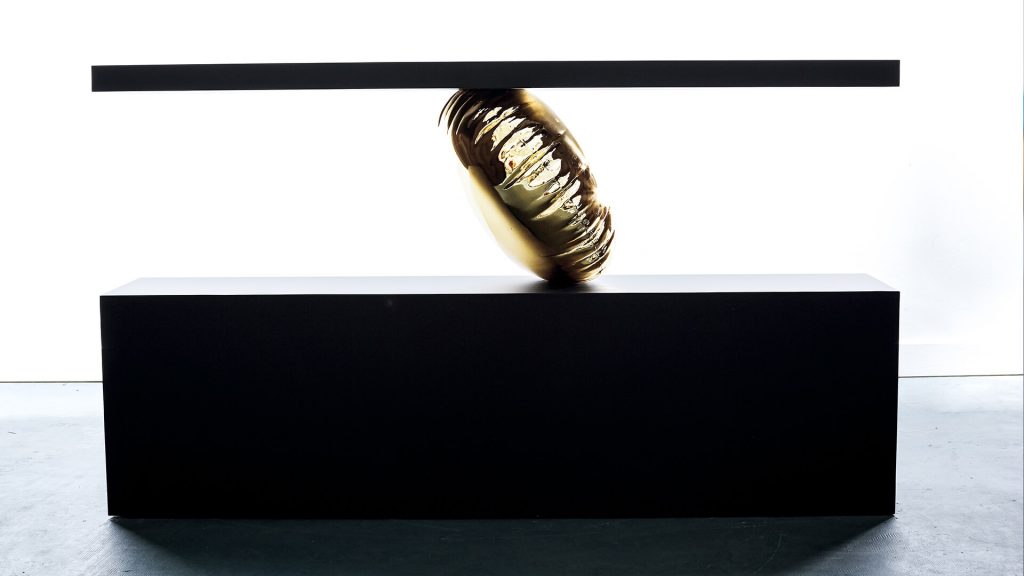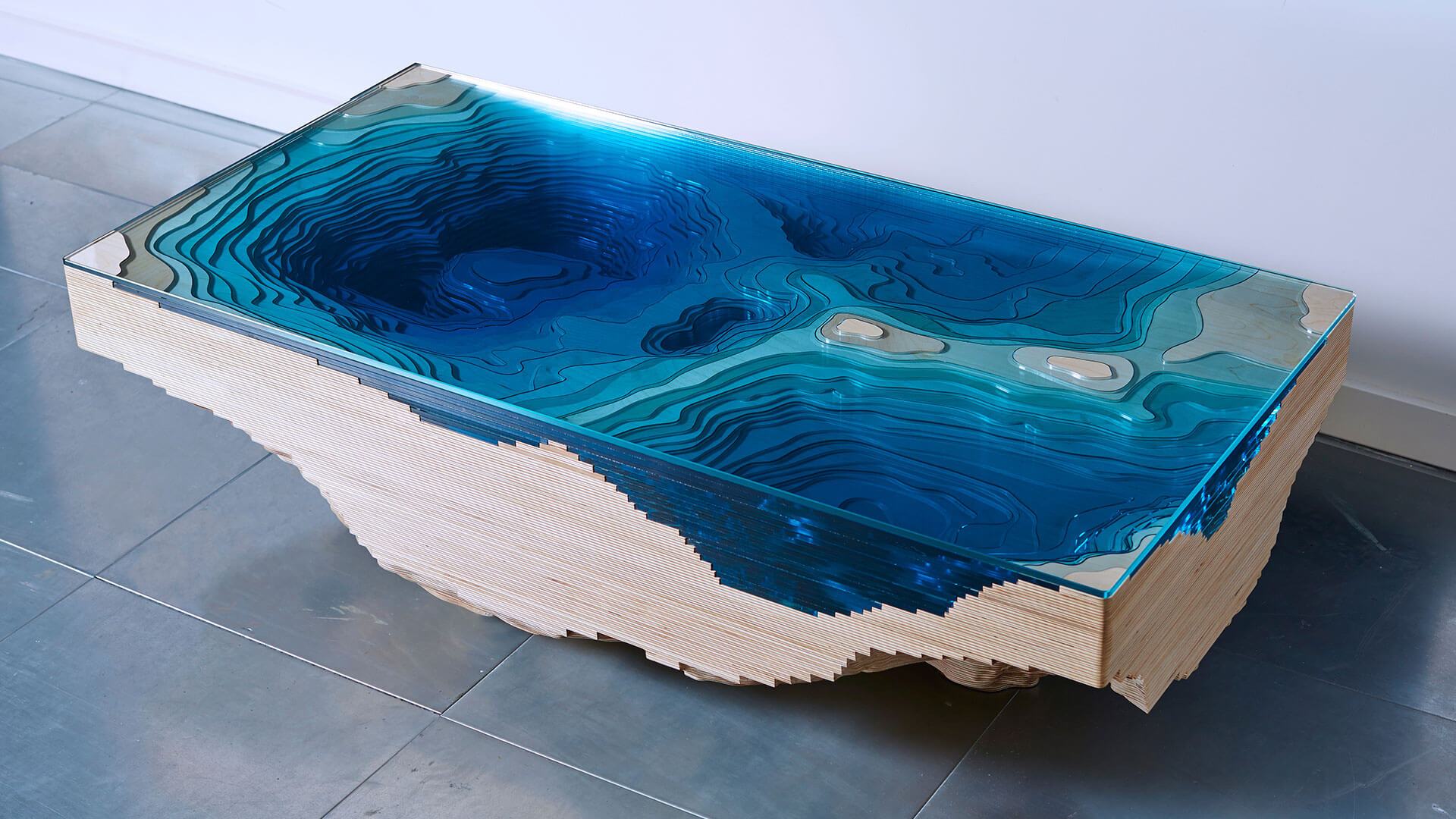A brief history of art as furniture – Pt. I
Art doesn’t give rise to anything in us that isn’t already there. It simply stirs our curious consciousness
When you stop to think about it, furniture is art. There is no functional reason for a table leg to be turned, or a chair back to be carved in a certain way. It is all about design and aesthetics.
The history of furniture is the history of civilization itself. The earliest known pieces were functional and simple, made from natural materials like stone and wood. Over time, furniture became more and more ornate as artisans began to experiment with different materials and techniques. Today, on the cutting edge of furniture design, you can find everything from the brutalist to the outrageous.
Art furniture is not just for the wealthy or the elite. Corporations and hotels invest in art furniture as statement pieces to add a personality and a sense of luxury to their brand.
Furniture as art throughout time
The history of art as furniture dates back to the brutalist design of the Neolithic period. When people were first learning to farm and domesticate animals, they needed functional furniture that could be easily moved. So, they made pieces out of stone and wood that were sturdy and easy to transport.
It is fascinating to think about the people who lived in Skara Brae in the Orkney Islands and how, due to a shortage of wood, they created such beautifully functional furniture from stone. It is a testimony to their ingenuity, and to their resourcefulness that they were able to build such a thriving community in such a hostile environment. The fact that their furniture has survived for 4000-odd years is also a testament to their skill as artisans. When we look at the furniture of Skara Brae, we are not just looking at objects of utility, but at works of art that reflect the spirit and intelligence of their creators.

Ancient Mesopotamia and Ancient Egypt
As civilization began to develop, artisans started experimenting with different materials. In Ancient Mesopotamia and Ancient Egypt, they began to use metals like bronze and copper. They also started to inlay their furniture with precious stones like lapis lazuli and turquoise.
We see this in the elaborate designs of the chairs found in the royal tomb of King Tutankhamun. These chairs would have been used for ceremonial purposes, as they are too fragile to be used on a daily basis.
This was the first time that furniture was used as a status symbol. The more ornate and expensive your furniture, the higher your social standing. This trend would continue throughout the history of furniture and is still evident today.

Medieval
The medieval period was a time of great change. New technologies and ideas were being developed, and the world was becoming more interconnected. In many ways, the furniture of the era reflects this change. The ornate wood carvings on the border of chairs and canopy beds reflect the new interest in art and decoration. Garish structural layouts reflect the new interest in grandiose displays of wealth. The colors that are basically grey, beige or black reflect the fact that this was a time when many people still lived in poverty and desperation. However, despite all of these challenges, the furniture of the medieval period is still very distinctive and beautiful in its own way.
Renaissance
While the Italian Renaissance is often thought of as a time of rebirth for the arts, it was also a period of great change in furniture design. Inspired by the Greco-Roman tradition, designers began to create pieces that were more opulent and ornate than anything that had come before. This trend soon spread to Northern Europe, where craftsmen began to produce their own versions of these stylish new designs. Characterized by their intricate details and luxurious materials, these pieces were truly works of art, and helped to usher in a new era of furniture design.
18th century
The furniture of the eighteenth century is marked by a new level of sophistication and opulence. No longer simple functional pieces, furniture became works of art, designed to impress and delight. Some regions had their own styles, such as Palladianism in Great Britain or Louis Quinze in France, but the most popular designs were Rococo and Neoclassicism. The term "18th-century furniture" is really a catch-all phrase that refers to a wide range of styles.
The craftsmen of the 18th century took great pride in their work and in their artistic expression. As a result, their furniture is highly sought after by collectors today. The furniture of the 19th century, by contrast, was mass-produced and often of poor quality. It was not designed to last, and as a result, it is much less valuable today. The furniture of the 18th century is a reminder of a time when craftsmanship mattered. It is a reminder that beauty and function can go hand in hand. And it is a reminder that quality always trumps quantity.
Modern furniture as art
A later journal post will explore how furniture continues to evolve in the modern era, and why it is now considered to be a work of art.
At Duffy London we hope to stand tall on the shoulders of the many furniture designers and artists that have come before us. We are committed to an ideas-based approach to design. We aspire to honor the tradition of furniture as art by continually pushing the boundaries of what’s possible. Whether it’s the use of artificial-intelligence-led CAD software in our designs or the adoption of innovative new manufacturing processes which reclaim recycled materials. We are as much research and development as we are traditional furniture maker. It is our shared belief that true design never stands still and constantly improves and adapts over time.
















